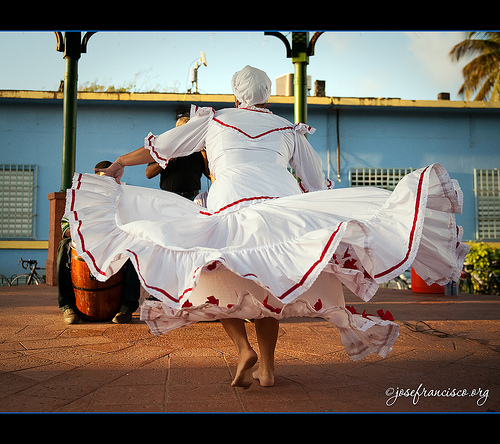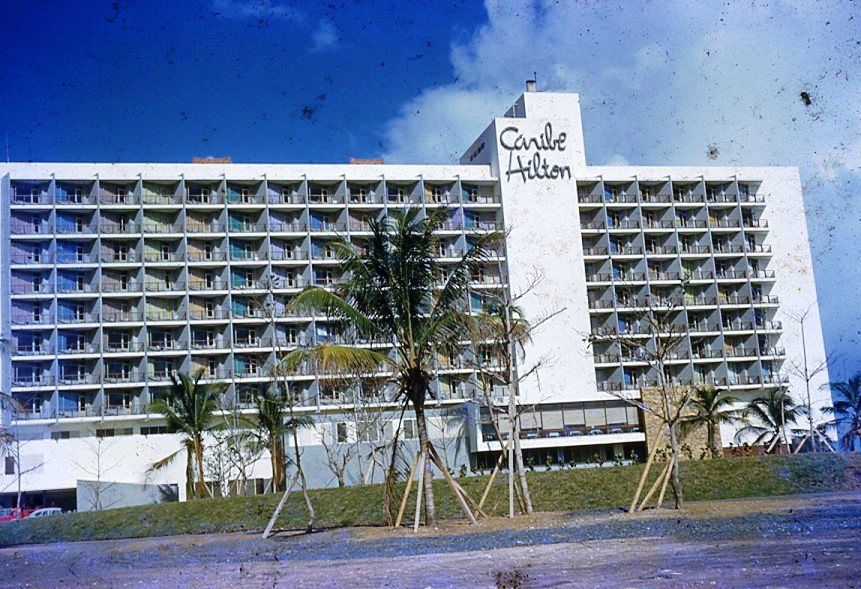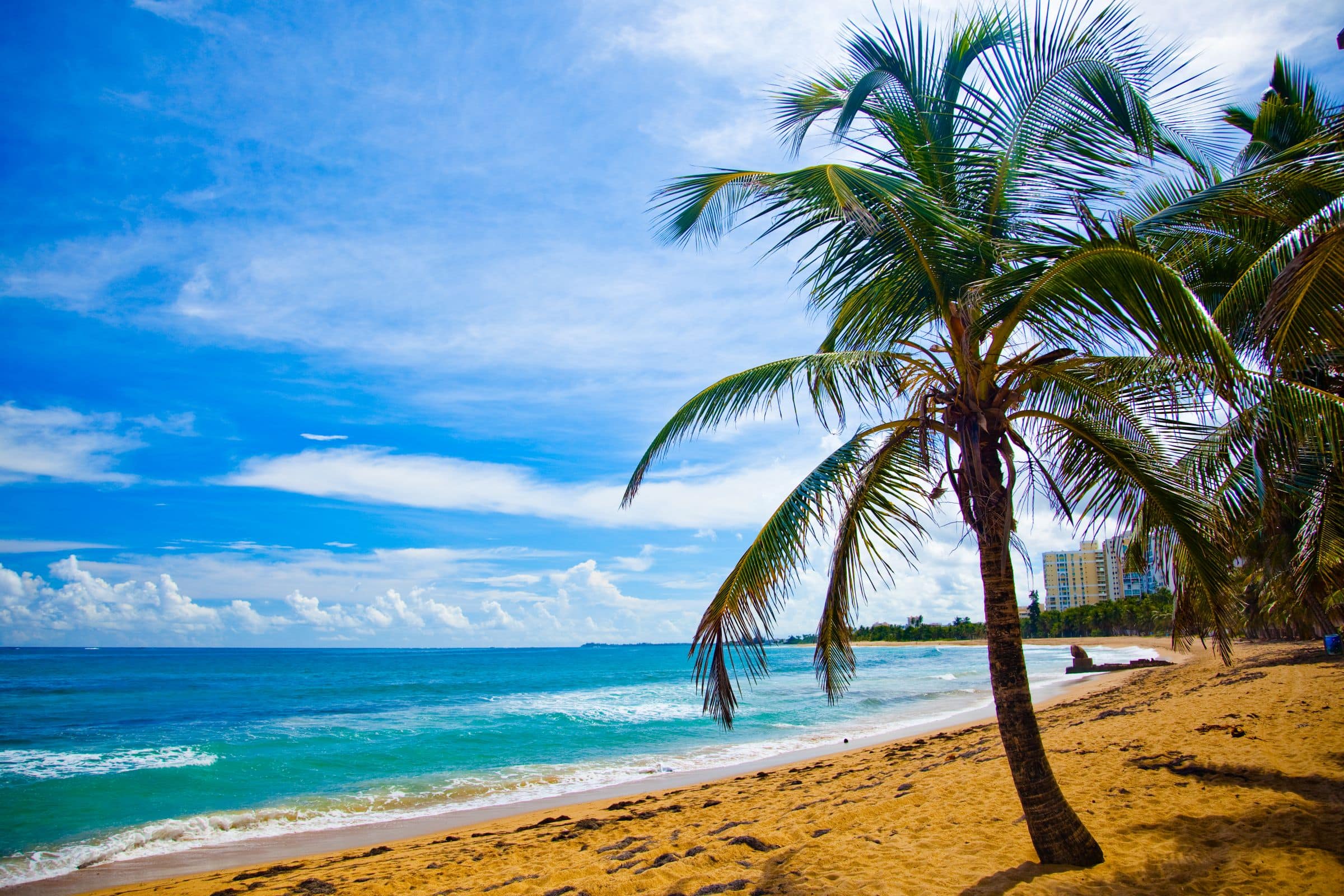It’s Worth Weathering the Rain for El Yunque National Rainforest
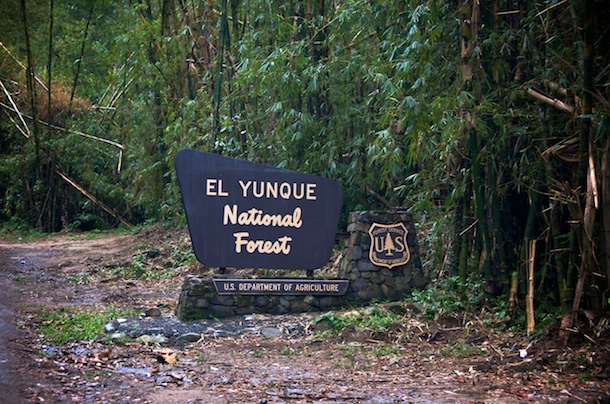
Beaches. Beaches. Beaches. The Caribbean is more than just beaches. So, on our recent trip to Fajardo, Puerto Rico with another couple and their infant, we decided to tear ourselves away from serene Seven Seas Beach long enough to head into the lush island interior.
Encompassing 28,000 acres, El Yunque National Forest is the only tropical rain forest in the entire U.S. National Forest system — thanks in large part to its location on the slopes of the Sierra de Luquillo Mountains in the northeast corner of the island. Towering above the park, the peaks of this range reach over 3,537 ft above sea level. And since it’s been protected as far back as 1876, the park holds another uncommon distinction as the oldest reserve in the Western Hemisphere. So much uncommon goodness in one place!
Intending to spend the afternoon working off all the arepa pulpos we’d been eating, we packed up our little boy, put on our hiking shoes and hit the road with the other couple following close behind. Our plan was to take the highway down the coast and enter the park from the south, thereby avoiding the crowds of visitors from San Juan usually found at the more popular north entrance. (You might want to give this tip a try when planning your visit.)
Everything was going fine until we began to near the small town of Maizales.
As we drew closer, a massive, dark wall of water obscured the mountain range, the park and the town — literally a wall. Sunny skies on either side and behind us, but ahead… It was just this menacing liquid barrier and not much else. Undaunted, we drove straight for it.
Quickly, the sun vanished and the car began getting pummeled by gargantuan rain drops. Visibility became next to nothing and raging rivers of runoff took to lashing at the car’s underside threatening to wash us all away. I remember my wife looking at me as if to say: “Not again with your crazy plans!”
“C’mon babe, It is a rainforest.”
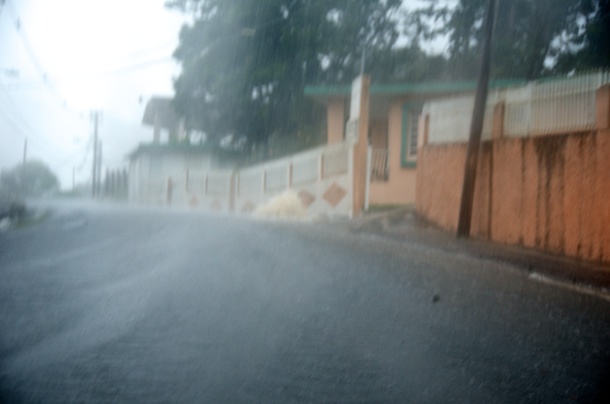
I could tell this did nothing to allay her fears of me getting myself, her and our infant child drowned (not to mention the family following us), but there wasn’t much else to say, so we continued inching up the mountainside toward the forest.
After a few edge-of-your-seat minutes that seemed to stretch on for hours, the rains finally ceased, blue skies swept the clouds away and before us stood the sign welcoming us to El Yunque. We piled out of the car. Feeling like we’d survived a biblical flood, we marched into the national forest eager to stretch our legs and ease our jangled nerves.
Everything was going fine until we crossed the bridge into the park and were greeted by this:
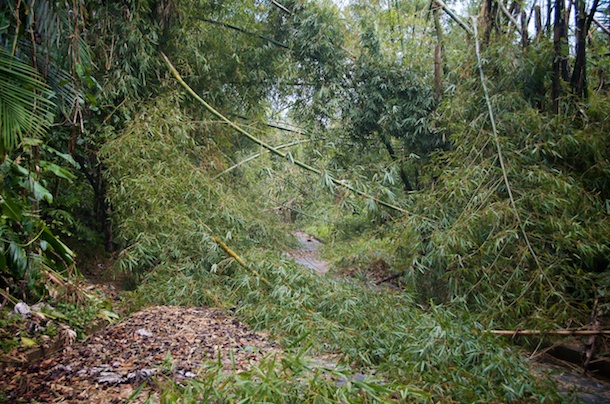
Unfortunately, our excursion had some bad timing — just after the passing of Hurricane Irene. As you can see, the path was hard-going. Barring the way were hundreds of broken, mangled bamboo trees and general debris. We pressed on.
Picking our way above, below and through the piles of bamboo we caught glimpses of the usually more serene rainforest experience we desired. Giant snails hung on massive leaves. Small waterfalls eased our minds with their muted shushing. And what trees remained unbroken swayed softly overhead. Most comforting of all, though, was the magnificent views. Green blanketing the land as it sloped down to the east and finally into the turquoise Caribbean Sea.
Despite the roadblocks, it was a glorious afternoon, but before long the going truly became too hazardous and we just had to turn back.
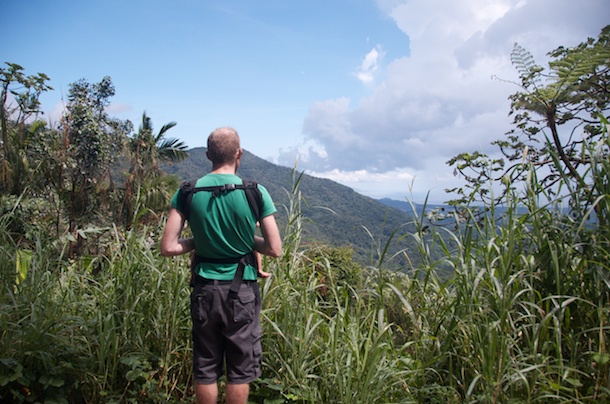
For more info, definitely visit the El Yunque Forest Service page. From there, you can learn about conservation and management efforts or even find places to camp. Of course, the most important piece of information you’ll need to know is this:
There are no poisonous snakes in the forest!*
Enjoy!
*There are, however, 6 or so species on non-poisonous snakes…
